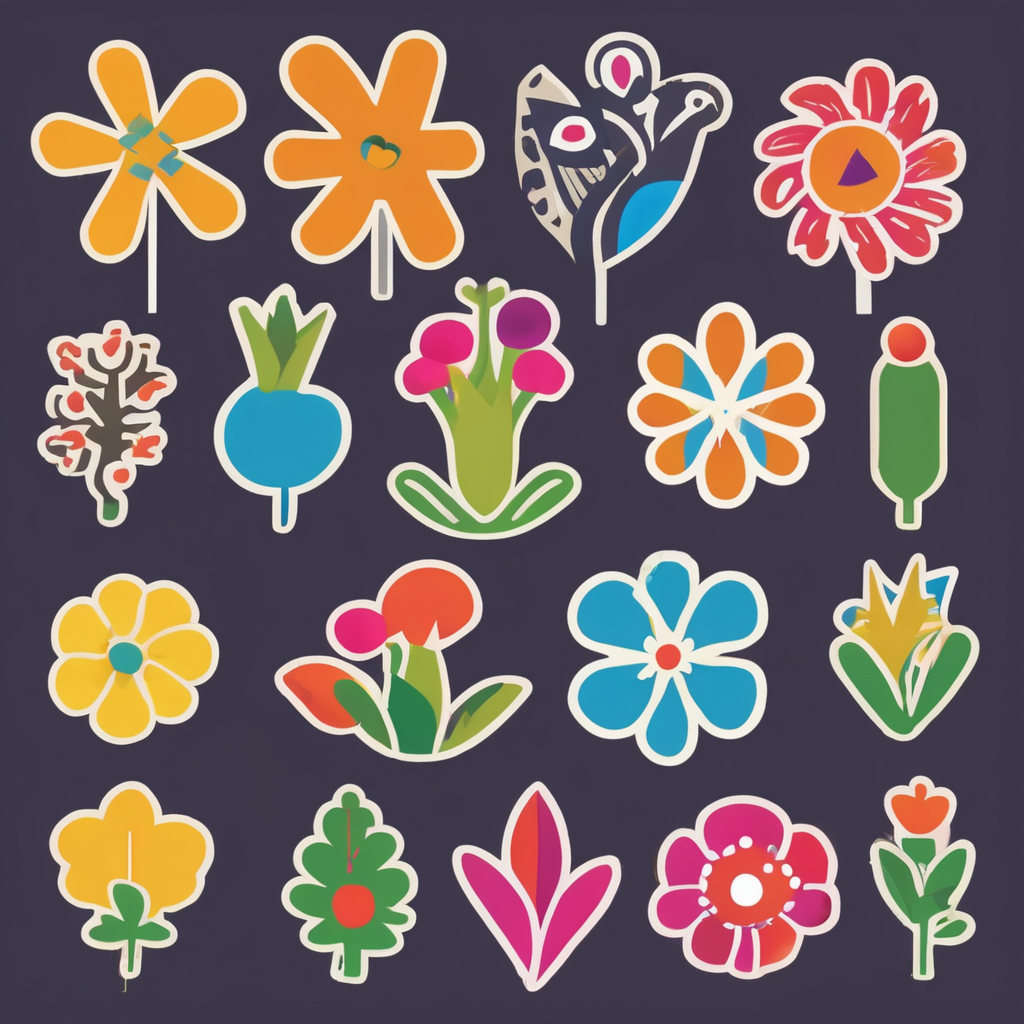Essential considerations for a dog-friendly urban garden
Creating a dog-friendly urban garden involves carefully balancing your pet’s needs with the unique challenges of city living. First and foremost, garden safety for dogs must be your priority. This includes adhering to UK regulations regarding fencing and local wildlife protection. Ensuring your garden is secure prevents escapes and limits access to harmful plants or chemicals.
Space is often limited in urban settings, so maximizing the available area to suit your dog’s exercise and relaxation needs is crucial. This may mean incorporating multi-functional zones where your dog can play safely, rest, and explore within the confined space. Understanding the urban climate and microclimates around your garden is also vital. Some spots might be colder or wetter, affecting which plants thrive and how comfortable these areas are for your dog throughout the year.
Also to see : The definitive handbook to choosing the ideal skylight for your uk pitched roof cottage
By prioritising safety and thoughtful design, your dog-friendly urban garden can provide a stimulating, secure environment tailored specifically for your furry friend’s well-being.
Choosing materials and plants safe for dogs
Selecting the right safe garden materials and non-toxic plants for dogs is crucial in any dog-friendly urban garden. To ensure garden safety for dogs, prioritise materials that withstand wear from paws yet remain comfortable. Durable surfaces like rubber mulch or pea gravel provide good traction and reduce injury risks, unlike sharp stones or rough concrete which can cause paw abrasions.
Also to read : Cultivate flavor: best uk windowsill herbs for fresh delicious meals
When it comes to vegetation, choosing pet-safe UK gardening plants avoids accidental poisoning. Popular non-toxic plants for dogs include lavender, rosemary, and marigolds, all of which thrive well in UK urban gardens. Avoid toxic species like foxglove, daffodils, and ivy, which pose serious risks upon ingestion.
Avoid materials treated with harmful chemicals such as pesticides and herbicides, which can be dangerous for pets. Instead, opt for organic or natural alternatives that maintain soil health without compromising your dog’s wellbeing. Combining durable, paw-friendly surfaces with carefully selected non-toxic plants creates a garden space that is both enjoyable and safe for your dog to explore.
Features to enhance your dog’s enjoyment
Creating dedicated play spaces for dogs within an urban garden is essential to keep your pet active and mentally stimulated. Even in small gardens, consider zones that encourage natural behaviours like digging or chasing with safe, dog-appropriate toys and obstacles. Incorporating agility equipment or simple tunnels helps enrich your dog’s daily routine, promoting both physical health and happiness.
A well-designed dog shelter in gardens provides vital protection from UK weather extremes such as rain and chilly winds. Choose shelters that are insulated and raised slightly off the ground to ensure warmth and dryness. Situating shaded spots nearby offers your dog relief from the summer heat, making the garden comfortable year-round.
Hydration is key for any active dog, so integrating water features or dedicated hydration stations promotes regular drinking during outdoor play. A small, dog-friendly fountain or easily accessible water bowls encourage hydration while adding an element of interest to your garden. Collectively, these dog-friendly garden features transform an urban outdoor space into an inviting haven that suits your dog’s diverse needs, ensuring their safety, comfort, and enjoyment.
Practical tips for preventing escapes and hazards
Ensuring garden safety for dogs starts with implementing secure garden fencing tailored to urban environments. Fencing should be high enough to deter jumping and firmly anchored to prevent digging underneath. Materials like metal mesh or solid wood panels offer durability and limit visibility distractions that can excite dogs, reducing escape attempts.
When planning your garden layout, aim to eliminate gaps and weak points where dogs might slip out. Incorporate boundary landscaping such as dense shrubbery or raised beds along fences to act as natural barriers. These not only discourage digging but also enhance your dog-friendly urban garden visually.
Identifying common garden hazards for pets is critical to maintaining a safe space. Remove or securely store toxic substances and avoid leaving garden tools within reach. Some plants may have hidden risks even if generally considered safe, so always verify toxicity before planting. Additionally, watch out for small holes or unstable structures that could cause injury or enable escape.
By combining robust fencing, thoughtful garden design, and awareness of potential dangers, you can create a secure environment that truly supports your dog’s wellbeing while fulfilling the challenges of urban gardening UK. These dog-proof garden tips provide peace of mind and allow dogs to enjoy outdoor time safely.
Inspiration from UK urban dog gardens
Explore urban garden ideas UK that creatively maximise small spaces while prioritising garden safety for dogs. Many successful dog-friendly urban garden designs incorporate vertical elements like wall planters and trellises to free up ground area for dog play. This approach suits limited urban plots and supports healthy plants that are less accessible to curious pets, balancing greenery and safety.
Real-life dog garden examples from UK homes often feature multi-functional zones blending relaxation, exercise, and natural shade. For instance, raised beds with soft soil provide digging outlets, satisfying dogs’ natural instincts without damaging key plants. Innovative uses of seating and storage optimise functionality, ensuring that every metre supports both owner convenience and the dog’s comfort.
When considering small garden design for dogs, adapting ideas to UK weather conditions is key. Incorporating sheltered corners, weatherproof materials, and hardy, non-toxic plants for dogs increases garden usability year-round. These adaptable designs demonstrate how an urban plot, regardless of size or style, can become a welcoming, safe space that nurtures a dog’s wellbeing in an urban environment.
